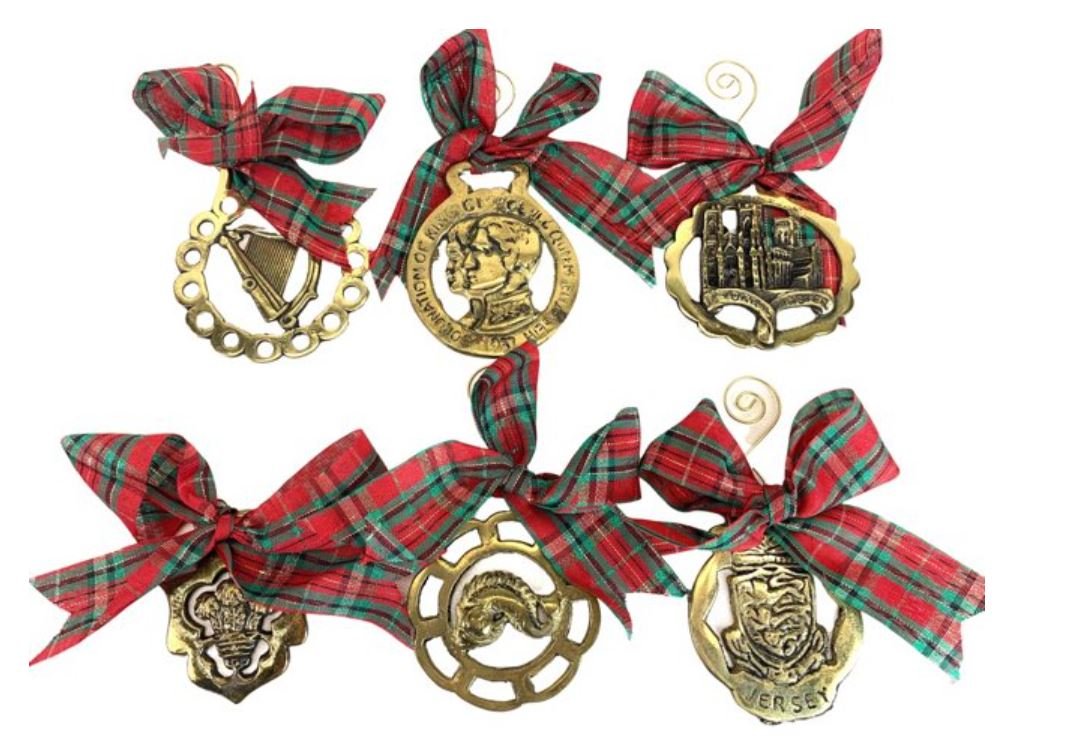A Horse’s Brass
Exploring metal ornaments with a dual purpose — decoration and protection of horses
The other day, a friend of The House’s texted a photo of a round brass object with a stag motif and asked, “What is this?”
The House was a bit chagrined that the Bonheur Blog had yet to cover the topic of horse brasses, so we will now embark on an exploration of these fine pieces of equestrian frippery.
Horse brasses are metal ornaments with a dual purpose — decoration and protection of horses.
Horse brasses used as a charm. Wellcome Collection.
To trace their origin, we turn to the National Horse Brass Society in the U.K., whose research tells us this:
Ornamentation for harnesses dates back as early as the domestication of horses, often rooted in superstition and talismanic belief.
The more familiar pendant-style horse brass emerged around the 18th century, likely brought to Britain by Romani travelers.
Early brasses were handcrafted from sheet brass (or latten), shaped and stamped by hand tools — often still revealing hammer marks on their backs.
Many early motifs — hearts, moons, stars, sunbursts — align with traditional Romani symbolism.
So there you have it. It’s a tale as old as time, springing from a desire to protect a cherished resource and rooted in the superstitions of the day.
While horses still wear brasses, it’s equally common for humans to wear them or use them for decorative purposes, and a result, horse brasses are highly collectible today. They are being repurposed as Christmas ornaments, home decor and jewelry. And sometimes they are simply hung on a martingale, usually near a fireplace.
Horse brasses on martingales, photo courtesy of The National Horse Brass Society
Horse Brass Necklace with triskelion motif, House of Good Fortune Collection
Horse Brasses, House of Good Fortune Collection
Throw pillows incorporating horse brasses
Holiday Ornaments sold on One Kings Lane
Horse brasses used as a charm. Wellcome Collection.
Further Reading:
Lucky Horseshoes, The House of Good Fortune
Horse Talismans, The House of Good Fortune








